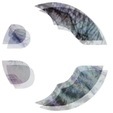|
A member of the society since its inauguration, last month I had the pleasure to share insights on my work and thoughts on the field with the Secretariat of the International Society of Bionic Engineering. Published in the Volume 9, Issue 2 of the society's member publication, those interested can read the interview here.
Interview extract: ISBE. "How do you see Bionics influencing business and industry in the future? MS. Market leaders in industries such as manufacturing, utilities, transport, healthcare, defence, and ICT are typically aware that bionics is one of the research disciplines most-likely to produce effective means of making a measurable difference to addressing the issues that really count. Both the rate of bionics-led innovation, and with that, the caliber of the innovation produced, is highly variable across business and industry as a whole. Hence, the outlook for bionics within business and industry is a mixed one. More generally, tomorrow, as today, current developments strongly suggest that bionics will continue to grow in influence and impact in the heavier and more technical industries – essentially all those under-pinned by expertise in the STEM fields."
0 Comments
A collaborative initiative launched by the International Design Awards [IDAs] and the European Product Design Awards [ePDAs], the Covid-19 Design Innovation Grant was created to encourage the global design community to utilise its talents and skills the make a positive impact in tackling the problems the pandemic presents. Open to both professional and amateur designers and architects worldwide, its criteria was that all entries must be original and have met technical standards approved by a qualified medical professional or team. As a long-standing member of the IDA jury, I had the pleasure of selecting the winning entrant in the category for Architecture and Interior Design, for which the brief was to design a “simple, practical, innovative solution for an in-home isolation pod that would allow those with Covid-19 symptoms and others to safely co-habit without transmitting the virus”. A category populated by wide-ranging concepts submitted from both architects and designers, and both individuals and collectives, the overall standard was a testament to the creativity within these professions. Awarded a grant of $5,000 to develop her concept ‘Safe Shed’, category-winner, Denver-based architect Sarah Goldblatt, impressed judges with her exceptionally well-researched entry, which integrated many features known to improve the survival rates of they that contract the virus, such as an adjustable sleeping platform that allows for the positional changes currently recommended by the medical community to improve an occupant’s oxygenation. Additional features of her Safe Shed concept include a safe food and medicine delivery system; connectivity to hospital or clinic monitoring; integration of UV lights and power; an integral fan/duct which creates a negative pressure system to remove dangerous aerosolized particles; natural light infiltration; and sound attenuation. Thinking beyond the pandemic, Goldblatt designed the isolation unit so that it could easily be disassembled when no longer required, thereon adapted to become a playhouse, in-home office, or guest space. Alternatively, the scalable unit could be used in an external capacity as a homeless shelter to help prevent infection among shelter residents. Notable entries to the Architecture and Interior Design category included CO-habitat Independent Diving-Bell, pictured below, which was submitted by Taiwanese guerrilla design team 2146T. Their name derived from the fact that they all entered mandatory military service at the same time in class 2146, the CYCU architecture school graduates, who have worked closely together for over a decade, work across fields including film making, fine arts, product design, architecture, and branding and graphic design. Mobilising to offer novel solutions to challenges including human rights and environmental protection, the team work across continents, collaborating with international partners to explore alternative ways of living. Having all experienced 14-days of self-quarantine period, varying from residing in a residential home to negative pressure isolation ward, theirs was hands-on experience of both the physical and psychological impact and severity of COVID-19. 2146T's aim to find a medically sound isolation solution, yet give “the patient a way of living with minimal deviation” from their pre-pandemic life, they looked to the natural world for inspiration, believing “COVID19 is a message sent to us by nature to remind us how ignorant human beings have been in the past 100 years” and that this may be “the last chance for us to reshape the form of our civilization”. Their entry, CO-habitat Independent Diving-Bell [COID] is “a play on words on the name of novel Coronavirus COVID- 19, while the removal of V (virus) from the name signifies the essence of this proposed design”. Inspired by the Diving-Bell Spider (Argyroneta aquatica), pictured above, which creates an oxygen chamber in ponds and freshwater bodies, allowing the aquatic creature to live both above and below water, the concept was designed with both the psychological, as well as physical challenges of Covid-19 in mind. In addition to the unit itself, 2146T also created ‘CO-suit’, which like the air that gets trapped in the dense layer of hydrophobic hairs on the Diving-Bell spider’s abdomen and legs, provides a self-isolated oxygen unit for the wearer when moving outside of the COID unit. An exceptionally creative biomimetic concept, COID and CO-Suit evidenced 2146T recognise that many of the answers to the world’s most complex problems can be found in the form and function of the world’s flora, fauna, and the ecosystems they form.
In addition to the Architecture and Interior Design grant, two further grants of $2,000 each were awarded to the best entries in graphic design and fashion design, to help the winners develop their concepts in public health awareness visualisation, and protective attire. For more information on the Covid-19 Design Innovation Grant winners, read here. |
AuthorMelissa Sterry, PhD, chartered design scientist, systems theorist, biofuturist, and serial founder inc. Bionic City® Bionic CityAsking the question "how would nature design a city" since 2010.
Archives
October 2023
Categories#bionics
#biotech #biodesign #bioscience #biomimetics #biotechnology #bioengineering #bioinnovation #bioaesthetics #biorevolution #bioenterprise #biosystems #biocreative #biofuturism #biofutures #biocentric #biofacture #biotecture #biovation #biofiction #biourban #biocities #biolab #bioart #STEM
#STEAM #STEAMED #STEMcomms #STEAMcomms #STEAMEDcomms © Bioratorium Limited & Melissa Sterry
2021 All Rights Reserved |
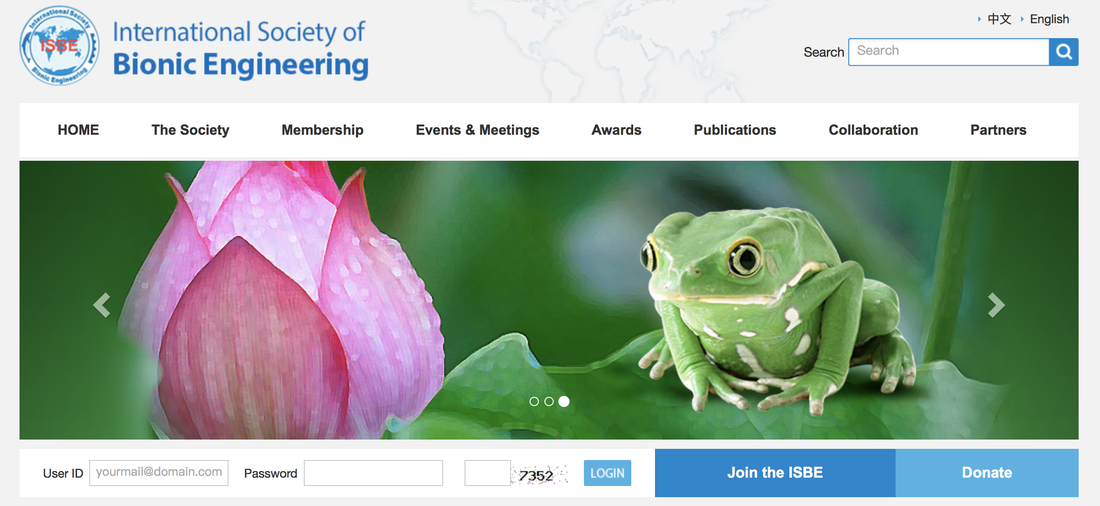
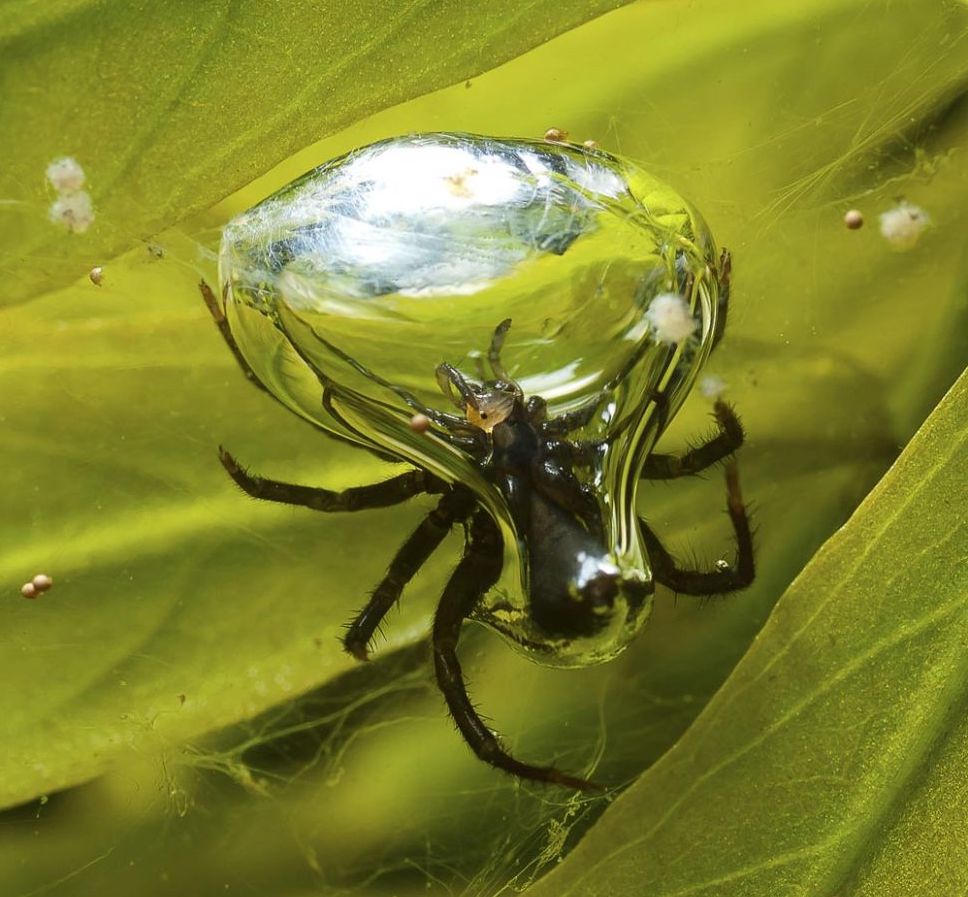
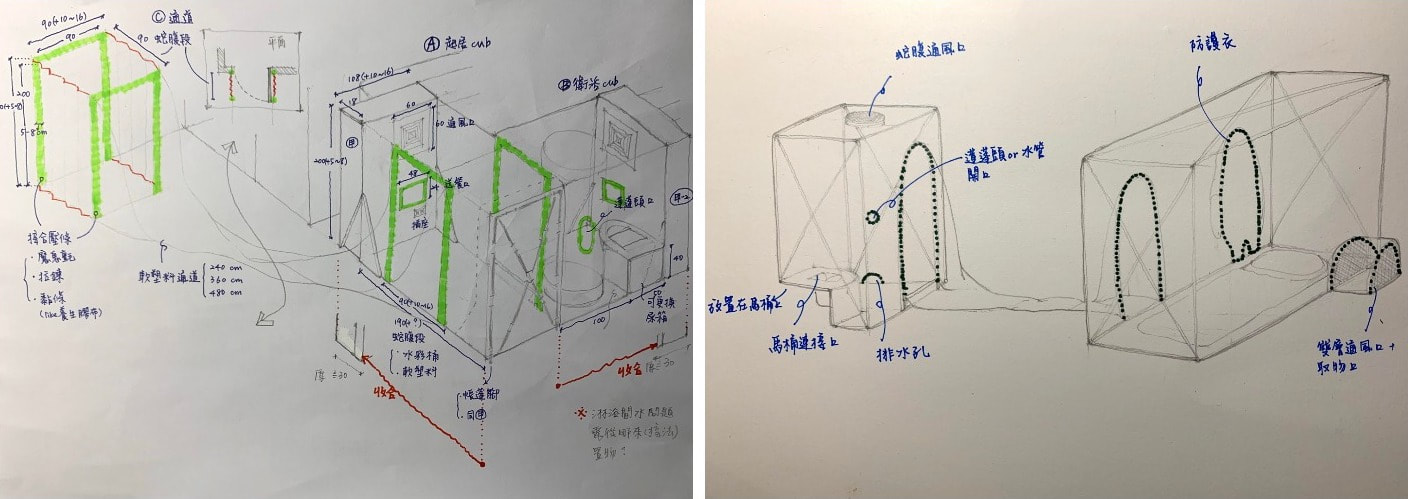
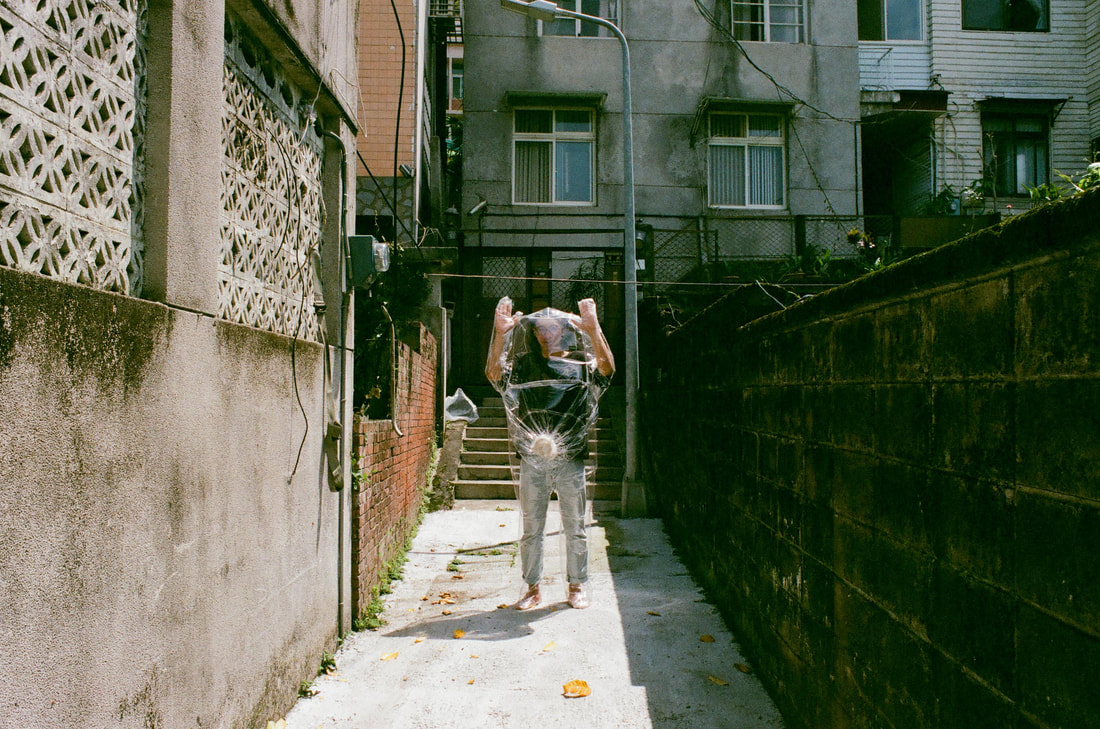
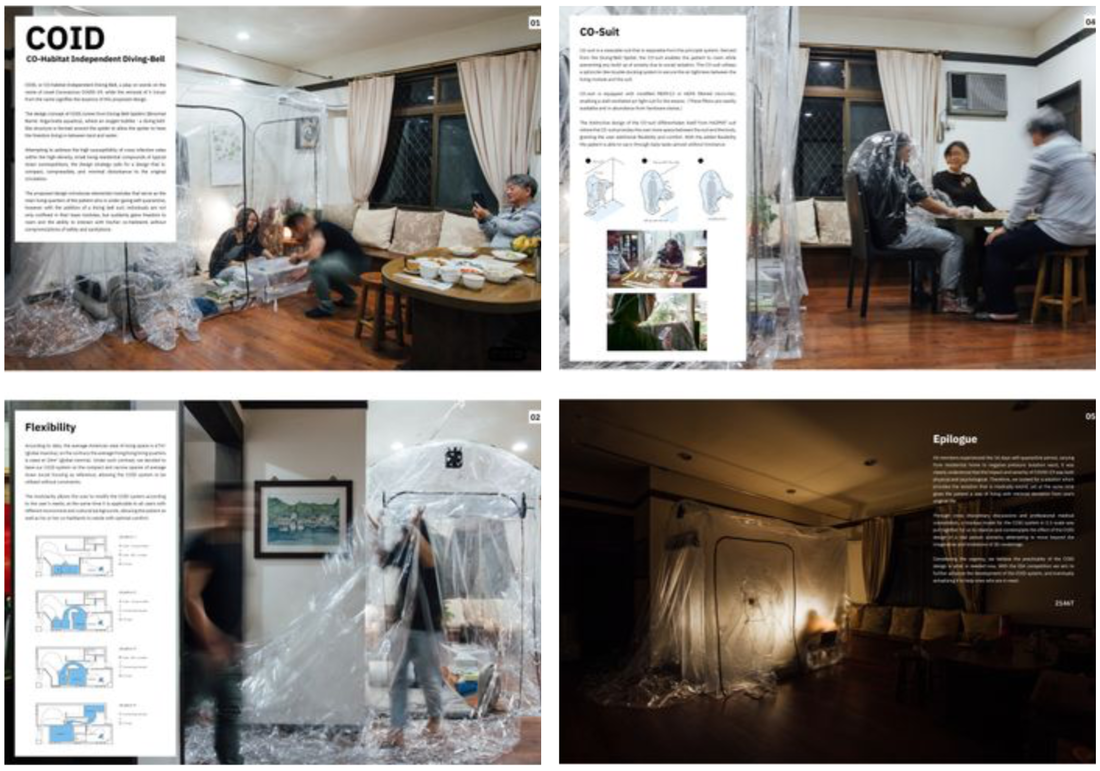
 RSS Feed
RSS Feed
